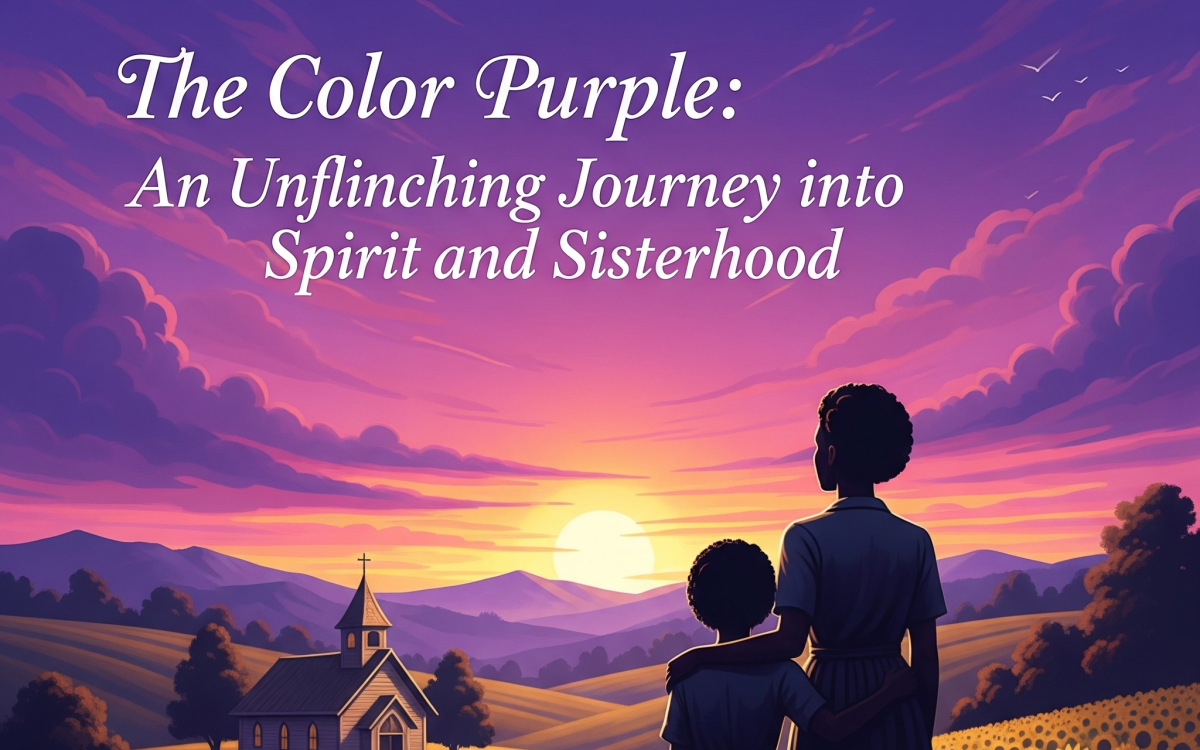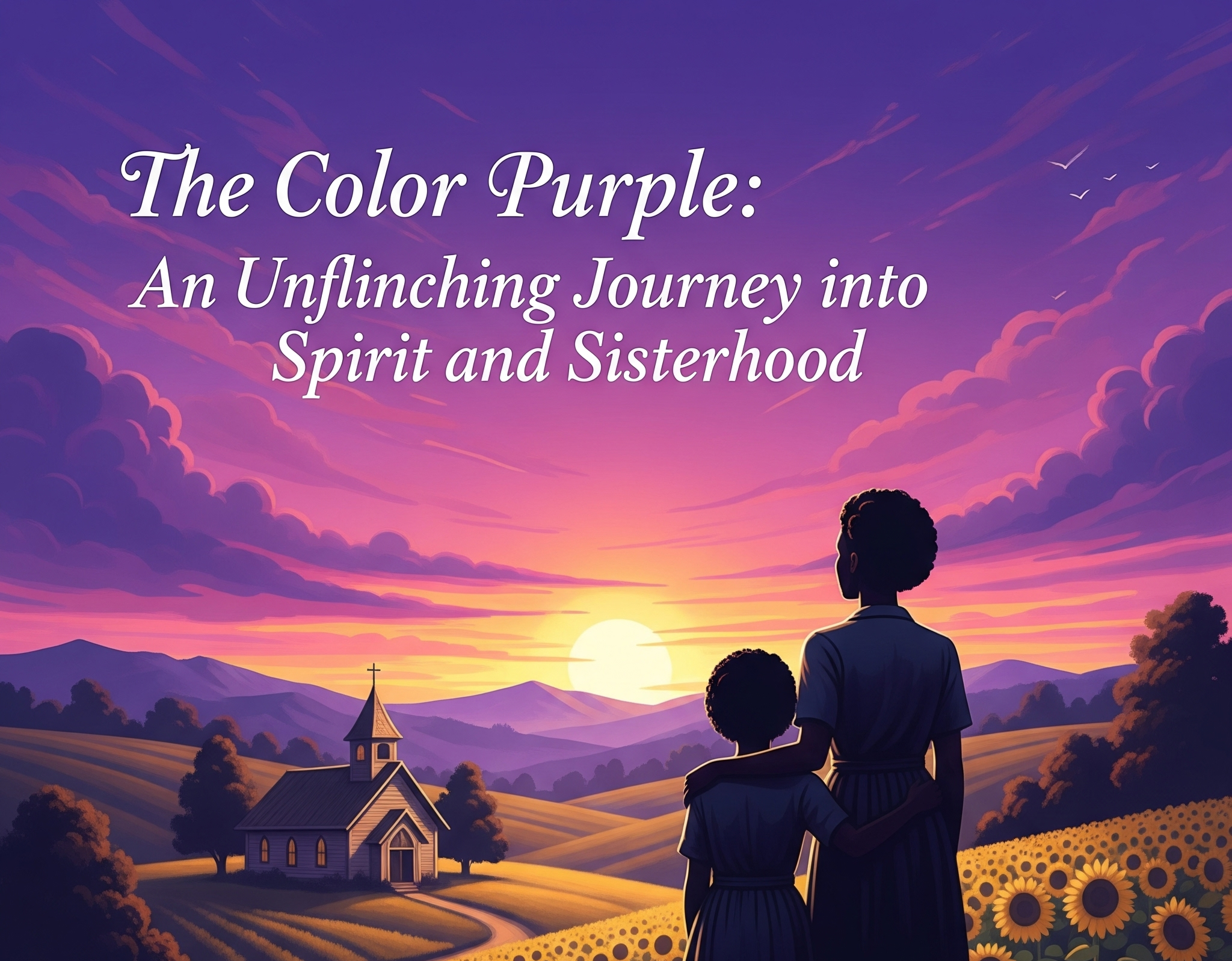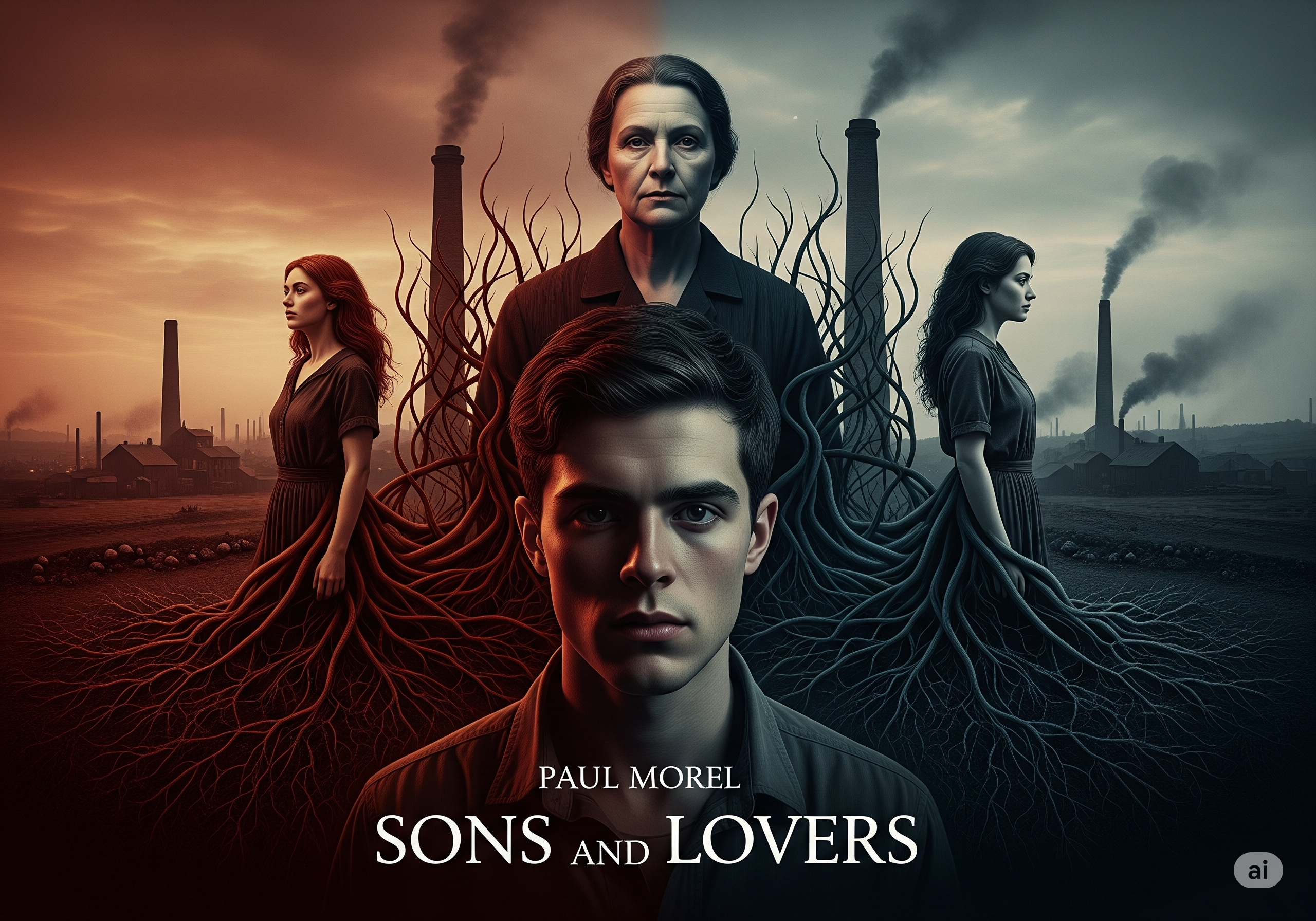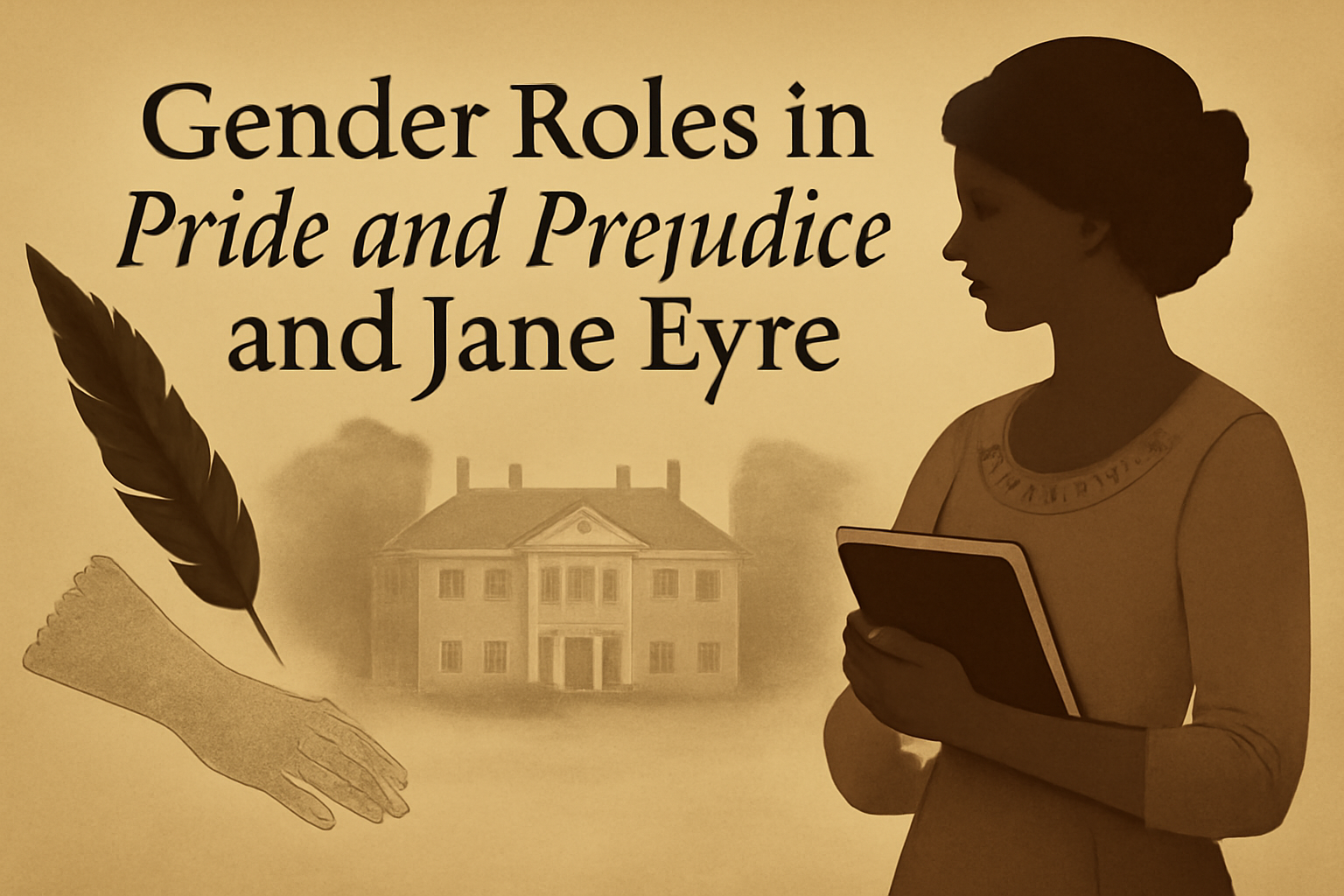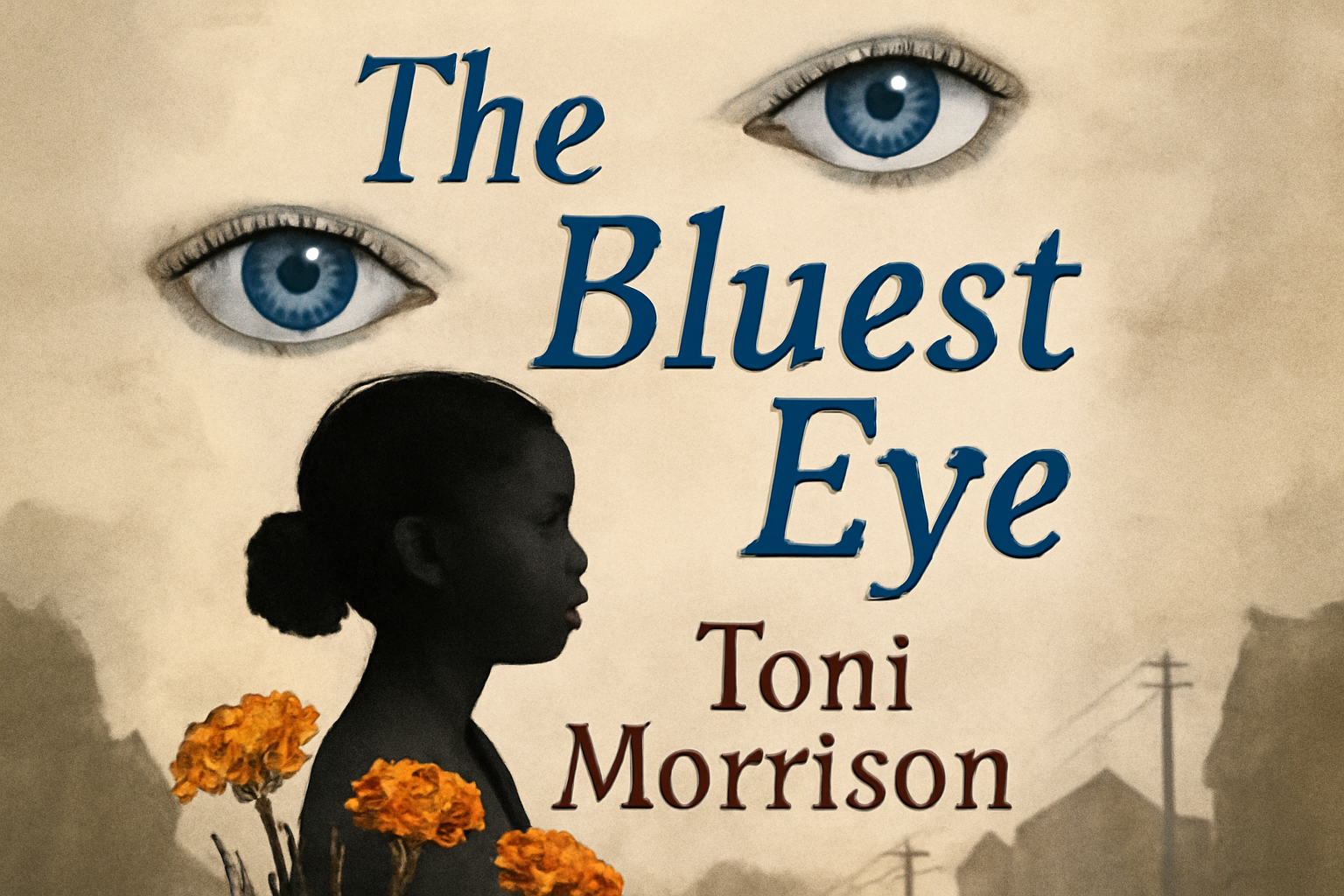INTRODUCTION
Let’s be honest—few novels hit the heart and soul with the raw honesty of Alice Walker’s The Color Purple. Whether you first encountered Celie’s story in a classroom or leafed through her letters late at night, you’re likely haunted by images of the rural South, of voices silenced and then set free, and of the vibrant pulse of hope threading through harrowing hardship. Walker’s masterpiece goes way beyond a coming-of-age tale; it’s a meditative, often uproarious saga of transformation.
The Indelible Opening: Celie’s Letters and the Power of Voice
From the outset, The Color Purple is daring. The novel opens not with exposition, but with the confessional poetry of Celie’s letters. Addressed first to God (“Dear God”), later to her estranged sister Nettie, these lines bristle with pain, broken syntax, and truth so naked it almost stings:
“You better not never tell nobody but God. It’d kill your mammy.” (from the very first page of Alice Walker’s novel The Color Purple (1982).
Celie’s voice, crafted in Black English Vernacular, is both a cry for help and a radical act of self-expression. You get the sense that you’re eavesdropping on secrets the world would rather keep hidden—a literary conjuring trick that leaves the reader uncomfortably complicit and deeply invested.
Walker’s use of epistolary structure—letters that gradually build Celie’s confidence and skill—mirrors the trajectory from oppression to self-empowerment. Initially, Celie is denied language, denied education. By the novel’s end, her letters radiate newfound strength, charting a linguistic (and emotional) evolution as striking as any plot twist. FULL TEXT
Themes in The Color Purple: Resilience, Race, and Rebirth
Racism and Sexism: Twin Shadows
Set in the American South between 1909 and 1947, Walker’s world is gritty, fraught with dangers both external and internal. Black women, doubly marginalised by racism and sexism, are consigned to invisibility or outright violence. Celie faces unspeakable abuse—from her father, from her husband, from a society designed to erase her voice.
Still, The Color Purple refuses to be a bleak catalogue of suffering. Pain is contextual, yes, but so is resistance. Characters like Sofia—brash, unbowed, physically and emotionally formidable—embody the novel’s defiant spirit.
Sisterhood, Chosen Family, and the Promise of Love
What keeps The Color Purple from descending into pure tragedy? Quite simply: love and sisterhood. Despite the traumas that threaten to break her, Celie forges deep connections. Shug Avery, the dazzling blues singer, teaches Celie not merely how to love, but how to desire—how to reclaim both body and spirit. Nettie, Celie’s lost sister, endures her own tests in Africa, but her letters resonate across continents as a lifeline of hope and shared history.
The magic here lies in the discovery that family isn’t just who you’re related to—it’s who you choose, protect, and reshape your world with. Their relationships subvert both patriarchal and racial structures, modelling a community of fierce, complicated women. It’s the kind of message I wish I’d carried earlier in life—the idea that you can create kinship from scratch, as needed.
Spirituality beyond Dogma
Walker’s take on spirituality is no mere Sunday sermon. God, in Celie’s world, isn’t confined to stained glass or pulpit. Instead, divinity infuses nature (“I think it pisses God off if you walk by the color purple in a field somewhere and don’t notice it.”) and the simple act of paying attention. As Celie moves from petitioning a distant, punitive God to finding sacredness in love and daily beauty, the novel reframes religion as a force for personal emancipation—a theme as radical now as it was in 1982.
The Color Purple: Symbolism and the Quest for Meaning
Why purple? Good question. The color itself is woven through the narrative as both symbol and substance—a hybrid of joy (red) and sorrow (blue), of royalty and pain, visibility and concealment. When Celie surrounds herself with purple at the novel’s end, it’s a victory not only over her abusers, but over the boundaries that once defined—and confined—her identity.
Walker invites us to see purple as celebration: of marginalised voices speaking back, of the miraculous in everyday life, of beauty surviving even the harshest soils.
The Color Purple Analysis: Literary Craft and Impact
Epistolary Brilliance
The structure of “letters to God” and, later, to Nettie, is more than a stylistic flourish—it’s a vehicle for character development and emotional immediacy. Watching Celie’s language mature is like witnessing a garden bloom in real time, from the roughest seeds. The fragmented early missives metamorphose into fully articulated reflections—more evidence that storytelling can be the surest path to self-liberation.
Walker’s Use of Black English Vernacular
Academic critics and general readers alike have marvelled—sometimes struggled—with Walker’s preservation of Black English in Celie’s narration. It’s a choice that honors authenticity over polish, reality over convention. At first, I balked at the syntax; by the finale, I couldn’t imagine Celie’s story any other way.
The Color Purple’s Relevance for Today
If you think The Color Purple is strictly “required reading,” you’re selling it short. It’s a book that walks beside you, grows with you, sparks new questions each time you return. The themes of gender justice, intersectionality, belonging, and finding the sacred amid devastation—these are alive, right now, in every social movement and kitchen-table debate.
I’ve read this novel at age 18 and again in my thirties. Each visit, it changed on me—or maybe, I changed. That’s the mark of a living work. FURTHER ANALYSIS
Reflective Commentary: What The Color Purple Teaches Us
Some novels you admire; a lucky few, you internalise. The Color Purple, at its core, is a manual for surviving the worst and birthing something new from that pain. The lesson isn’t neat or pat. If anything, Walker refuses easy redemption:
Healing is nonlinear.
Self-love takes practice, not permission.
Chosen family can be an anchor in the storm.
Noticing beauty, even after trauma, is itself a rebellion.
That bit about the color purple in the field? It’s a call to mindfulness, to see what others ignore. And I find that, in my own life—when things feel overwhelming or gray—it’s this nudge towards gratitude that sustains me. OTHER AUTHORS
Final Thoughts: The Color Purple as a Living Testament
Alice Walker’s The Color Purple refuses to gather dust on library shelves. With every new reader, every adaptation, every act of shared experience, it asserts itself as a living, breathing testament to the power of story and the resilience of spirit. For those seeking engagement, community, and a richer understanding of the intersections between race, gender, and faith—there’s no better place to begin, and to keep returning.
Reflect. Revisit. Reread. Notice the color purple.
FAQs About Alice Walker’s The Color Purple
What is The Color Purple about, in brief?
At heart, it’s the story of Celie, a Black woman in early 20th-century Georgia, as she finds her voice while enduring abuse, poverty, and social erasure. Through letters to God and her sister Nettie, she moves from voicelessness to self-determination.
What makes The Color Purple unique as a literary work?
Its unfiltered epistolary form, use of vernacular Black English, exploration of taboo subjects (black female sexuality, queer love, faith outside the church), and celebration of intergenerational sisterhood all break new ground in American fiction.
What’s the ultimate message of The Color Purple?
That self-acceptance and community are possible, even in the aftermath of trauma—that noticing and cherishing beauty is a potent act of resistance.

